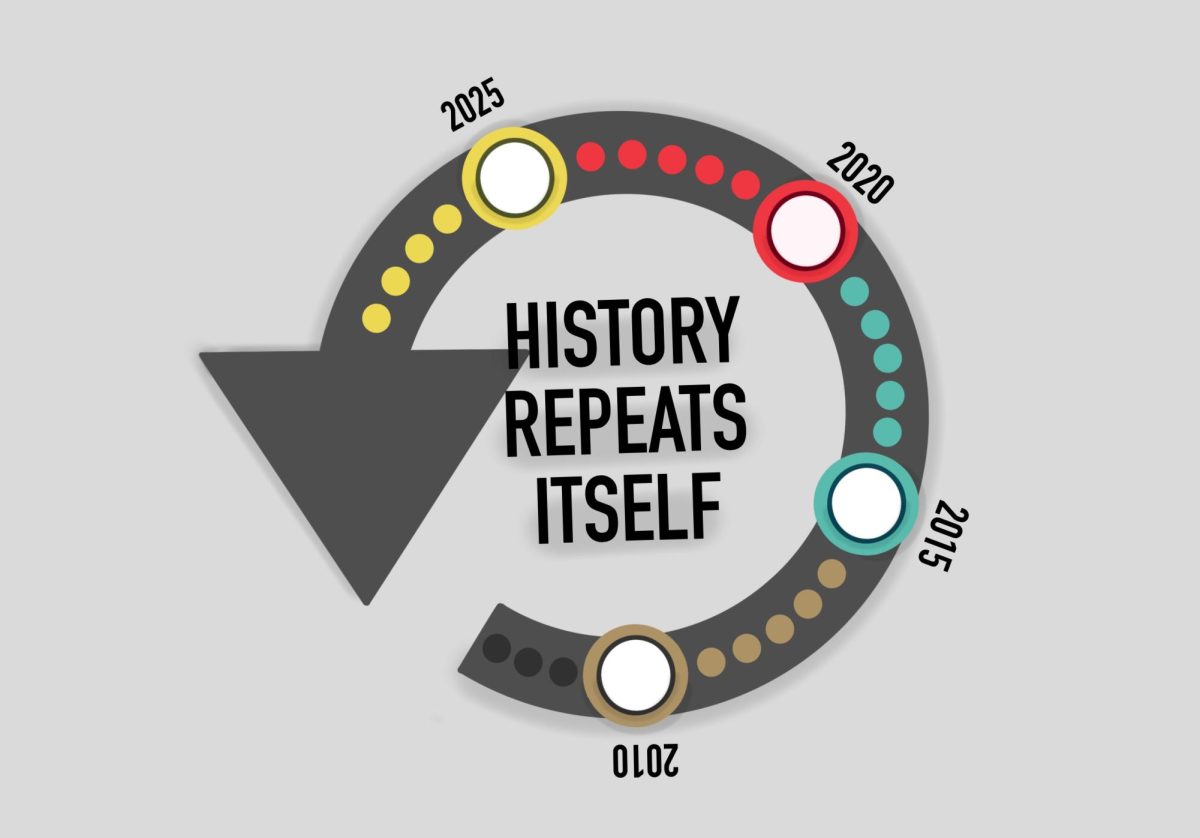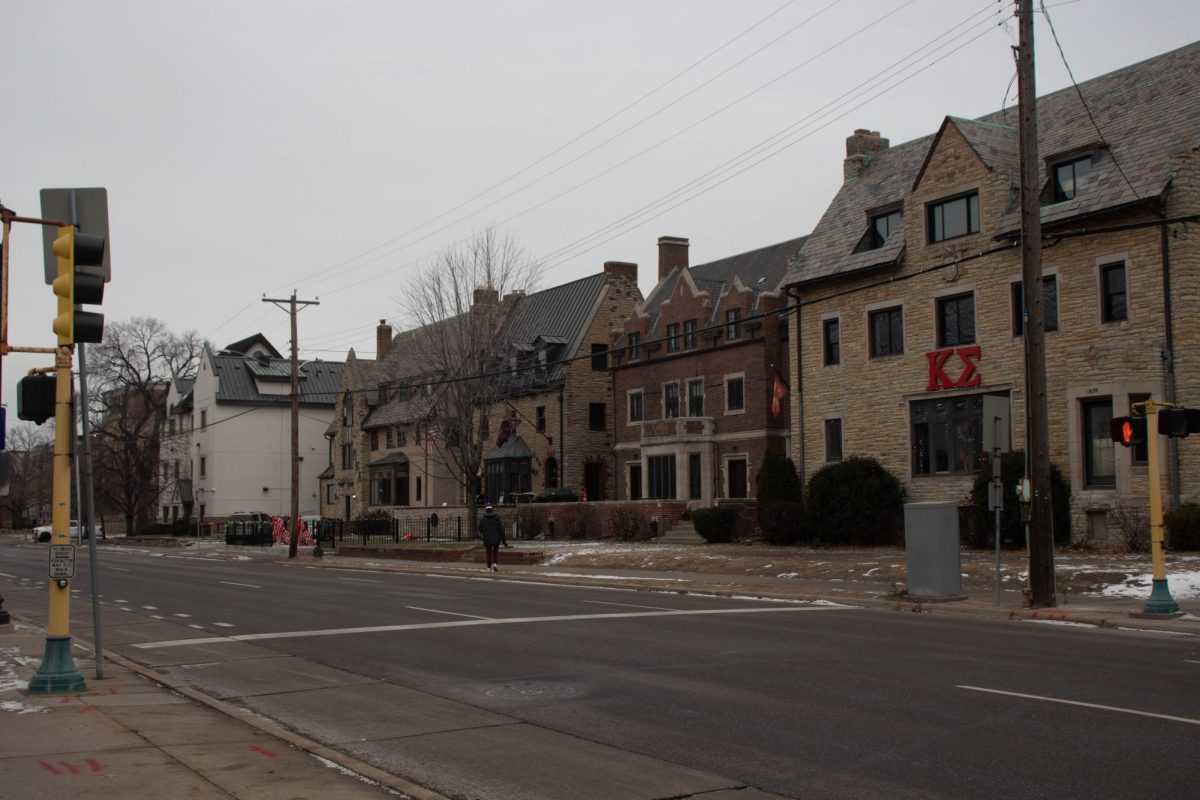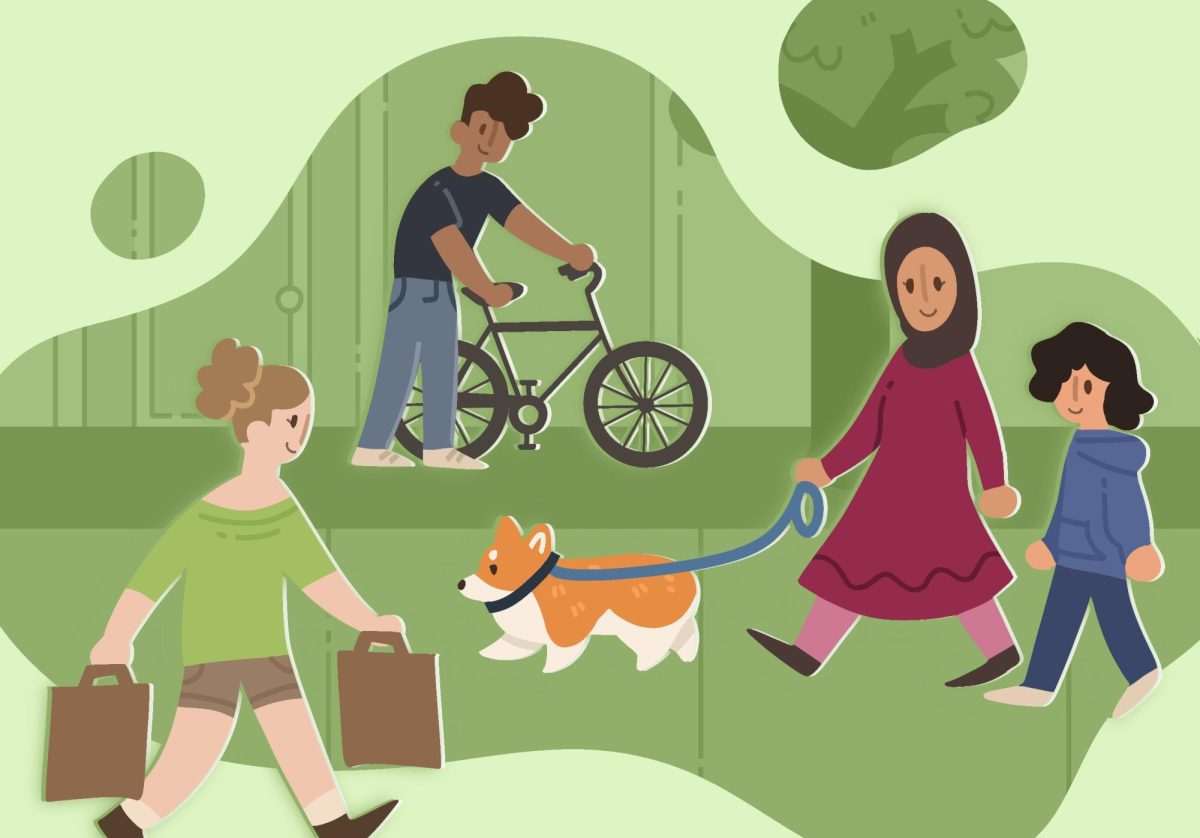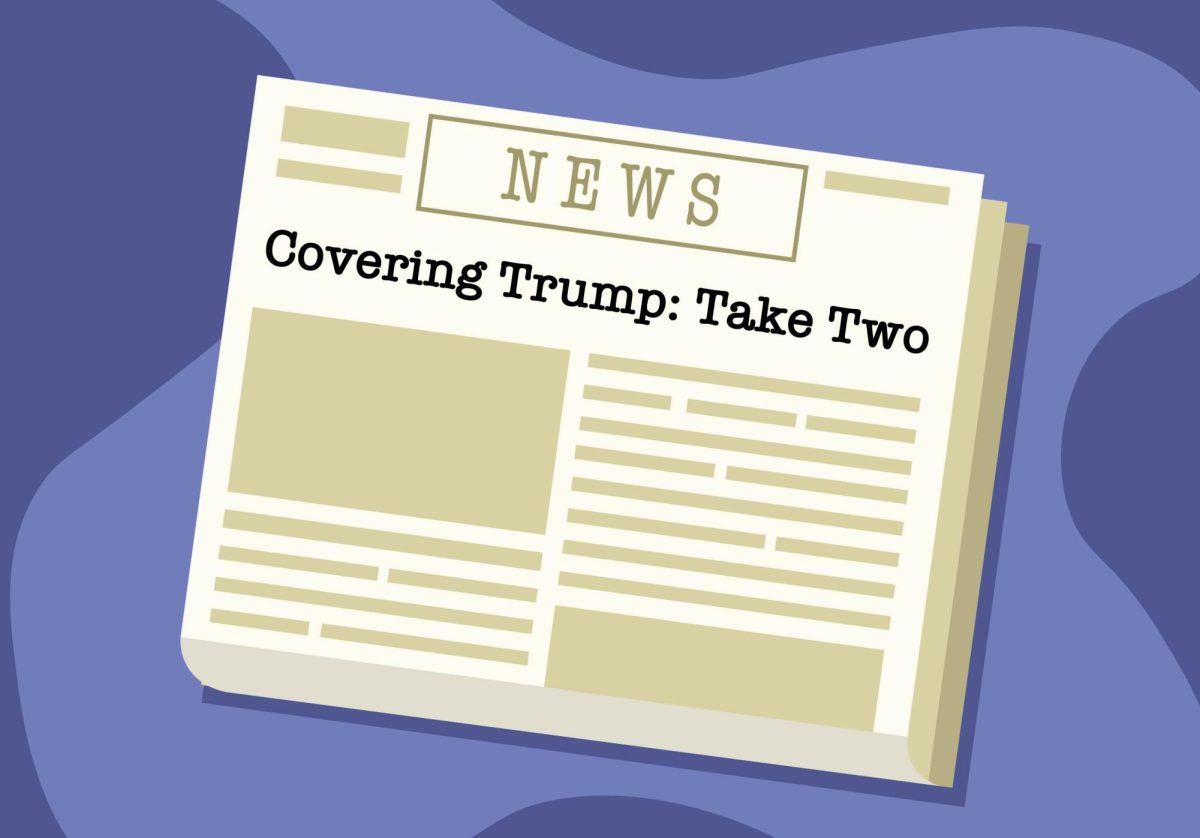If this past year has been any indication, Minnesota has work to do to promote racial equality and cohesion. Just this year, the death of Philando Castile revealed an ugly bruise — one that narrated a story filled with racial biases and injustice. National movements that aim to curb gun violence and terrorism seem to be futile. Last month, a stabbing in St. Cloud injured 10 people, which authorities deemed to be an act of terrorism. Countless other cases this year, albeit not in Minnesota, have ravaged the country, spreading animosity and resentment between people of different religions, social classes and economic backgrounds.
Though there are few models for how to accelerate the change we need, Columbia Heights is a good example. Their City of Peace initiative offers a potential solution for how policy makers can work to promote diversity and inclusion within their communities.
Started after the tension and fear found in the wake of 9/11, Mayor Gary Peterson told me, “It seemed to be the thing to do at the time.” The City of Peace initiative started as a movement aiming to promote a commitment to building dialogue, unity and diversity within a city. Part of this initiative is to reward other cities that demonstrate this commitment. I sat down with Mayor Peterson, and he told me about how Columbia Heights is building a park in a predominantly Somali community that will begin a larger redevelopment project for minority immigrant communities in the city.
I think Columbia Heights has taken a few key steps in the right direction. For instance, their community engagement programs with law enforcement seem to have improved the climate of the community. Despite Columbia Heights having a much lower number of law enforcement officers, its crime rate is still fairly low considering its proximity to more high-violence regions of Minneapolis. Mayor Peterson argued that law enforcement’s involvement in the community is what makes this work. “I mostly work with our police force. They ride around bikes, shaking people’s hands, they have after school programs [with 60-80] kids.”
But from Mayor Peterson’s perspective, the outreach that the city has tried to do with surrounding cities and many other minority groups in their community hasn’t yielded many great results. The key issue is representation. Though there are many programs within Columbia Heights, few of them have resulted in greater representation of minority groups in government bodies like the City Council. The current City Council is composed of five Caucasian individuals despite a very diverse and heterogeneous population. When I asked what representation efforts have been successful, he pointed to the presence of Somali police officers.
The City of Peace project has the right pieces. Now it’s a matter of putting them together. More efforts need to be made to address the root causes of these issues.
Minority organizations need to be the face of these initiatives rather than perceived as external entities. The Mayor’s office ought to endorse candidates that are more representative of the diversity of Columbia Heights. Until practices such as this take hold, this initiative and others like it won’t hold water.







